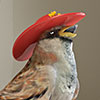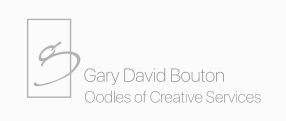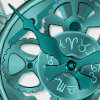Drawing Chrome & Plastic: Whatís the Diff?
A lot of Xara artists (especially Ron Duke, our Featured Artist!) like to draw shiny, complex, reflective shapes. So what is that shape made out of so it reflects? Plastic? Chrome? Swiss cheese? This month Gary takes you into both a physics lesson and an artistic workout as you learn how to draw stuff that looks like plastic and other stuff that looks metallic.
Nuances are everything in the competitive field of art. And face, it: you really want to learn how to draw chrome! Címon along!
Watch the video and get the resource files.
Then show us some shiny stuff in this thread!




 Reply With Quote
Reply With Quote







 ), but maybe on the weekend will have a chance for a next run on it
), but maybe on the weekend will have a chance for a next run on it

 That chess table pattern sure mould but still was not able to reproduce that kind of magnify effect to the middle
That chess table pattern sure mould but still was not able to reproduce that kind of magnify effect to the middle

Bookmarks